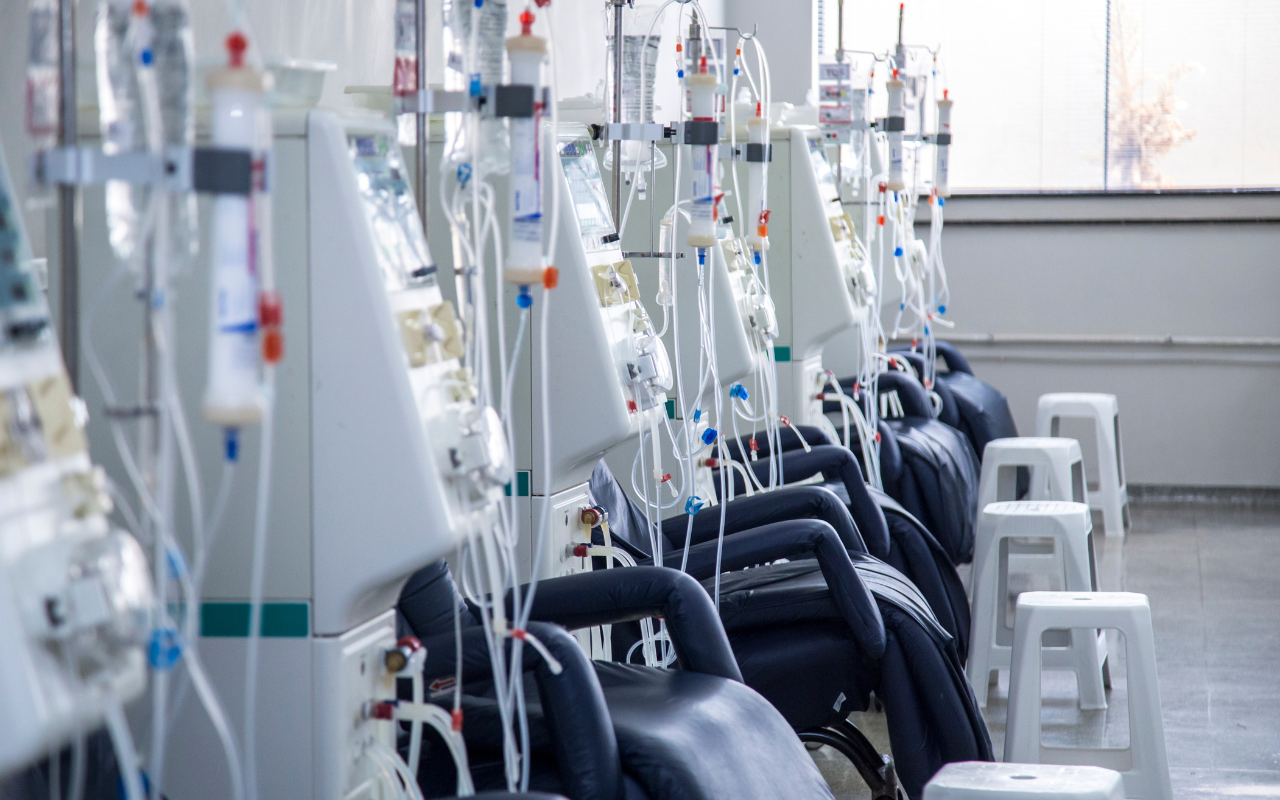Access to dialysis care across Australia is not equitable, prompting calls for greater investment in dialysis care infrastructure.
A perspective published in the Medical Journal of Australia has described the inequities plaguing dialysis care in Australia as a “dialysis crisis.”
Approximately 1–7 million Australian adults have chronic kidney disease, with a care cost of $1.9 billion in 2020–21.
Most of this expenditure relates to dialysis treatment. Currently, there are 15 518 patients in Australia being treated with dialysis, either through in-centre haemodialysis or home dialysis therapies.
However, access to dialysis care is not equitable across Australia, and current dialysis infrastructure will require increased capacity and resourcing to meet the needs of all dialysis patients.
“The dialysis crisis in Australia stems from several intersectional factors including rising demand, uneven distribution of existing resources, and the long term issue of system inequities, with increased centralisation of dialysis services to cities and larger towns,” Dr Dharshana Sabanayagam and co-authors wrote.
“To address these challenges, sustained efforts and collaboration between health care professionals, policy makers and communities are urgently needed to mitigate the impact of dialysis burden, reduce disparities and improve outcomes for all patients living with kidney failure across Australia.”

A crisis with multiple drivers
People from disadvantaged communities are disproportionally affected by chronic kidney disease, and the surge in demand for dialysis services in certain regions places immense strain on the health care infrastructure.
“Underprivileged populations, including Aboriginal and Torres Strait Islander peoples and ethnic minorities, such as those with Pasifika ancestries, face a significantly higher prevalence of CKD [chronic kidney disease], largely due to an increased burden of metabolic diseases,” the authors wrote.
“Individuals from socio-economically deprived regions, including those from remote locations, often encounter multiple barriers to receiving timely and appropriate specialist care.”
Workforce shortages compound the strain on dialysis services, with health care workers facing mounting job demands, high case load pressures and elevated patient:nurse ratios.
“Higher patient:nurse ratios are associated with adverse outcomes, including increased rates of hypotension, shortened dialysis sessions, staff burnout and high workforce turnover,” the authors wrote.
Further exacerbating the strain is a reduction in organ donation since the coronavirus disease 2019 pandemic, and a growing shift from home therapy to in-centre dialysis.
“The transition to in-centre haemodialysis is often unplanned, requiring dialysis centres at full capacity to either perform after-hours dialysis or dialyse patients in intensive care units.”
Mitigating the crisis
In response to the dialysis crisis, health professionals and professional bodies from Australia and New Zealand have release a joint position statement on dialysis capacity.
“Dialysis is an essential lifesaving service that cannot be deferred or wait-listed,” the statement reads.
“This statement aims to set expectations around dialysis capacity and the level of care that will provide optimal kidney health for all people. It will provide a framework by which health services can understand dialysis capacity constraints and advocate for increased capacity and resourcing.”
The perspective authors note that expanding dialysis capacity will require real-time data collection on current infrastructure and input from relevant stakeholders to ensure future reform addresses the various drivers of dialysis care inequity.
Reforms would need to include investment in training and retention of nephrology and dialysis nursing staff, incorporation of geographic analysis when planning service provision, strategies to encourage home-based dialysis care, and the implementation of culturally appropriate, community-led health initiatives.
Read the perspective in the Medical Journal of Australia.
Subscribe to the free InSight+ weekly newsletter here. It is available to all readers, not just registered medical practitioners.

 more_vert
more_vert